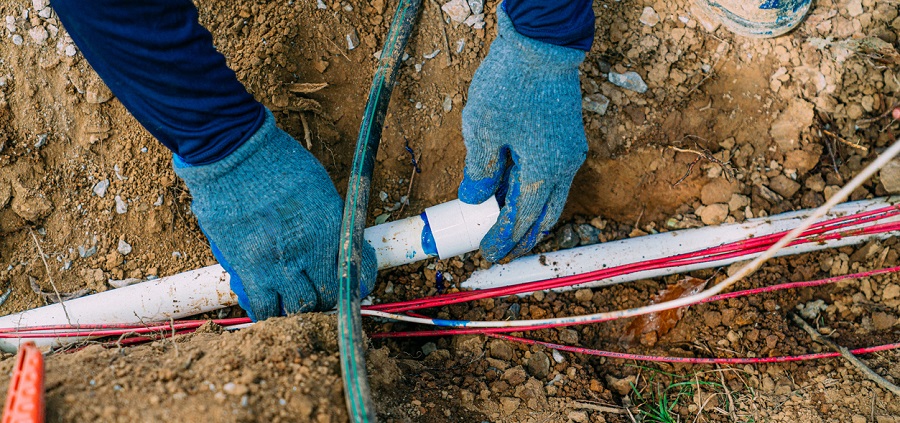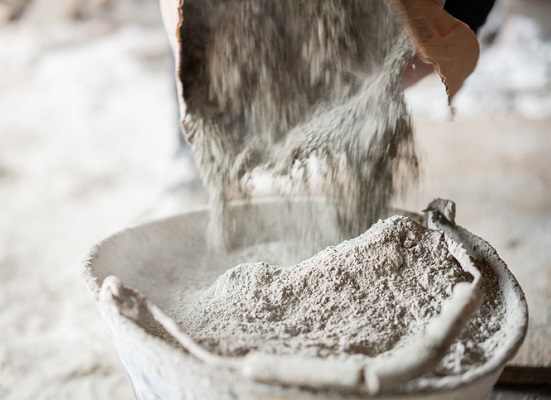Cement: The Essential Guide
Reading time: 4 minutes
What is cement?
Cement is a binding agent that quickly sets and hardens. It is made by combining chalk, clay, limestone or shale with smaller quantities of bauxite, iron or sand.
You will never use cement on its own, as its purpose is to hold other materials together.
It can create concrete by mixing the material with gravel, sand and water, for instance, as well as being a basic ingredient in mortar so that this can be used for plastering and grout for masonry.
There are plenty of reasons why cement is used so commonly across the entire construction industry, including it being:
-
Highly durable, which allows the material to withstand compressed loads and strengthen structural elements.
-
A very versatile material that can be used in both domestic and industrial projects.
-
Able to set rapidly even in wet conditions or when something is being constructed underwater.
-
Of low maintenance, reducing the likelihood that repairs will be required across projects which use the material.
How to use cement
The way that you will use cement will depend on the type of the material that you have opted for.
Here are the many different variations of cement available and what each one is used for:
-
Asphalt cement – When mixed with the necessary aggregates, this material can be used to create pavements.
-
Fibre cement – This composite material is commonly used when constructing a building’s roof.
-
Fire cement – A putty-based material that can seal joints in hot environments, due to its heat-resistant qualities. You can use fire cement to repair firebricks too.
-
Green cement – A variant of the material made using calcined clay and powdered limestone to give it more mechanical strength. The manufacturing process of this type of cement uses reduced carbon emissions too.
-
Hydraulic cement – A popular type of cement when construction work is being done outdoors, because of its capability to dry very quickly.
-
Non-hydraulic cement - This type of cement is often selected for indoor stonework or mortar use. As this material hardens when mixed with carbon dioxide in the air though, it cannot be used for work that takes place underwater or in wet conditions.
-
PVC cement – Also known as solvent cement, this material is used for drainage and plumbing work to create an airtight and leak-proof seal.
-
White cement – A tough and decorative version of the material, this cement can be used to create architectural features and designs in domestic settings.

What is the difference between concrete and cement?
It can often be the case that people will view concrete and cement as being the same type of building material, especially as they are closely linked to one another.
However, cement is the key binding agent needed to make concrete. Aggregates, such as crushed stone, gravel and sand, as well as water must also be mixed with cement to create concrete.
Is cement waterproof?
No, cement is not waterproof. This is because when the water escapes or evaporates, it creates pores in the concrete. As a result of this process, the material becomes porous.
Additives can be used to make concrete, mortar or plaster more water resistant though, while admixtures can be applied to cement when it is being mixed to enhance the building material’s water-repellent capabilities.
How long does cement last?
Buy cement and you will notice that it will come with a use by date on the bag.
It is important that cement is not used after this use by date, as the chromium VI found in the material may no longer be below the required legal limit and can cause skin irritation.
Cement can also degrade over time due to the material being able to absorb the moisture in the air. This can result in poor durability, strength, setting and curing.
Now that you know a lot more about cement, be sure to keep expanding your knowledge about various aspects of the construction industry by browsing through more of the expert guides found within our Trade Corner.





